
Author Wallace Stegner said in 1983 that the, "National parks are the best idea we ever had. Absolutely American, absolutely democratic, they reflect us at our best rather than our worst." And we couldn’t agree more. In fact, we’ll open up that quote a bit and say that’s true for all public lands, representing one of the most unique facets of our great country. Just take a trip overseas and you’ll learn that public access is not a given by any means, but a great privilege we enjoy in the United States.
No one enjoys this privilege more than anglers. In most cases, if you see a big chunk of public land, that means you’re probably looking at a big chunk of public fishing access as well. Every blue line and blue blob represents a new angling opportunity. It’s a beautiful thing. But, as you’ll learn in a moment, not all access is created equal. In fact, there are some states who’ve actually made things more restrictive in recent years for anglers looking to wet a line and navigate on public water.
For example, Utah passed a bill in 2010 that restricted access to “navigable waters,” but failed to identify what navigable actually means, which opens the door for all sorts of red tape and restrictions. Or, in Illinois, court cases have recently favored public land owners, stating that they own the actual stream and riverbeds, making it nearly impossible for anglers to legally wade or even get out of their boat. Believe it or not, Colorado is facing similar challenges.
But, for every red flag that pops up across the country, there are luckily even more green lights for anglers to hit the water, and that’s what we’re talking about today. As we built out our list for the most “anger friendly” states, we wanted to take a well-rounded look at what “angler friendly” actually means, so we used three different categories—amount of public land, water access, and the quality of fishing overall.
So, without further ado, here are the top 10 most “angler friendly” states.
Alaska
Public Land: 325,700,000 acres
Access: Incredible. Water access laws in Alaska are very angler friendly, allowing recreation in any navigable water, which is defined as being able to transport people or goods. The only knock that Alaska gets is simply the fact that it can be expensive to get there if you live in the Lower 48 but, other than that, it’s “fish on” across the board.
Fishing Quality: Unmatched. Whether you’re looking for salmon, coast species, or the famed grayling, there’s a lifetime of fishing to be had in Alaska and one of the few states where much of the water has literally never been fished.
California
Public Land: 42,288,000 acres
Access: Good. California deems any waters suitable for public use (this includes boating, fishing, swimming, and hunting), as long as they’re navigable for most of the year.
Fishing Quality: Incredible. California offers some of the most varied fishing in the lower 48 in some of the most beautiful landscapes. Despite droughts in recent years, there are countless species to target from golden trout and bull trout to coastal gamefish.
Idaho
Public Land: 35,244,000 acres
Access: Top-tier. In a recent report from Fly Fisherman magazine, Idaho received a top grade for formally designating navigable waters as highways for recreation. And better yet, they actually defined navigable, albeit in a very Idahoan way, as “anything that will float a 6-inch piece of timber during high water.”
Fishing Quality: Great. From small to big water, Idaho offers some of the most iconic trout fishing in the country. Not as varied as some other locales, but great nonetheless. You can read our guide to fishing the South Fork of the Snake River here.
Missouri
Public Land: 2,655,000 acres
Access: Top-tier. Missouri is an extremely angler-friendly state, which has defined navigable waters as anything big enough to use as a road highway. Beyond that, the stream bed is owned by the state and is open for wading, boating, and floating.
Fishing Quality: Great, with an asterisk. If you’re only interested in chasing wild trout, Missouri may not be the place for you. But, since the state is so angler-focused, they manage dozens of fisheries for all sorts of trout. Combined with some killer smallmouth and largemouth fishing, you’ve got plenty of great waters to check out.

Montana
Public Land: 32,473,000 acres
Access: Great. Montana is the gold standard for public access laws in the United States, granting anglers access to use rivers and streams for water-related purposes, angling included. It’s simple and very generous. The only hiccup? Fly Fisherman reports that enforcing those liberal laws have become a challenge in some instances, and there are more than a few cases of public waters being illegally blocked by landowners.
Fishing Quality: World-class. We don’t really need to tell you that the fishing is great in Montana. If you’re into chasing big, wild trout in beautiful places, then you’re going to like Montana—it’s worth a pilgrimage for any fly angler.
New Mexico
Public Land: 31,544,000 acres
Access: Good. While there have been some recent challenges, the State of New Mexico has generally stood in favor of anglers when it comes to water access. According to the New Mexico Department of Game and Fish, you can legally fish streams and rivers as long as you can legally access them.
Fishing Quality: Incredible. New Mexico is the unsung hero of western fly fishing, offering iconic rivers across the state (San Juan, Chama, Cimarron, Rio Grande, etc.), as well as some more untapped areas out west, like those found in the Gila Wilderness.
Nevada
Public Land: 56,972,000 acres
Access: Good, but needs defining. Nevada made our list due to the massive amount of public land combined with a general lack of competition. As far as access goes, it allows access and recreation on waterways “capable of commerce through customary modes of transport,” which is a tad murky. As for now, Nevada seems to be angler-friendly, but that could change as long as the laws stay undefined.
Fishing Quality: Great. As we mentioned before, Nevada isn’t on everyone’s list for western fly fishing, and that’s what makes it great. It has the highest percentage of public land in the country, and plenty of water running through them to target several species of trout including rainbows, browns, bulls, goldens, brookies, and more. If you can’t find public water in Nevada, you aren’t trying very hard.
Oregon
Public Land: 19,403,000 acres
Access: On its way to great. Oregon’s water access is in the air a bit right now, with the state still trying to define who actually has ownership of the stream bed. However, they do have a liberal definition of navigable waters, and have gone out of their way to protect access to some of the iconic waterways in the state, including the Rogue, Umpqua, John Day, and Klamath Rivers.
Fishing Quality: Opportunities abound in Oregon for several types of species, including trout across the state. But, steelhead is king in Oregon. Some of the most renowned steelhead fisheries line the state, and with protected access and populations of hungry fish, it’s definitely worth adding to your bucket list.
Pennsylvania
Public Land: 4,228,000 acres
Access: Incredible, forward-thinking. A surprise entry on this list, Pennsylvania has done a great job of defining access for anglers. Whereas most states try to define access through antiquated legal jargon, Pennsylvania simply published an interactive map that shows anglers which waters are public—and there are lots of them. We could tell you about their navigable water laws, but it’s easier to just go pick out your next fishing spot on the map.
Fishing Quality: Incredible. Pennsylvania is a trout angler’s paradise, one of the most historic destinations in the country. Sure, you may deal with a bit more competition than you would out west, but there are countless waters to wet a line for trout and steelhead. And, with a more concentrated layout than western states, you’re never too far from great fishing.
Wyoming
Public Land: 34,964,000 acres
Access: Good. For better or worse, Wyoming is very clear about fishing access. You can fish on any public water, and you can float through private, navigable water, but the stream bed belongs to the landowner. For wade anglers, this can be restrictive, but the sheer amount of public land in Wyoming lands it squarely on this list—there’s a ton of it. And, with the lowest population in the United States, chances are you can find plenty of water without much competition.
Fishing Quality: Incredible. There are far too many iconic fly-fishing destinations to list, but just a few include the Snake, North Platte, and Green Rivers. And, when you drop in names like the Wind River Range, Grand Tetons, and Bighorns for some backcountry fun, you have a lifetime’s worth of world-class fishing and plenty of public land to find it on.
Well, there you have it! As we mentioned before, the fact that even the “worst” states for fishing are better than many countries around the world means that we’re lucky to live in the good ol’ USA. Our forefathers did one heck of a job ensuring that we could spend time outdoors and also ensuring those privileges will continue for generations to come. So, next time you pick up a map and see shades of green and blue, count yourself lucky, and then go fishing. It’s your right.


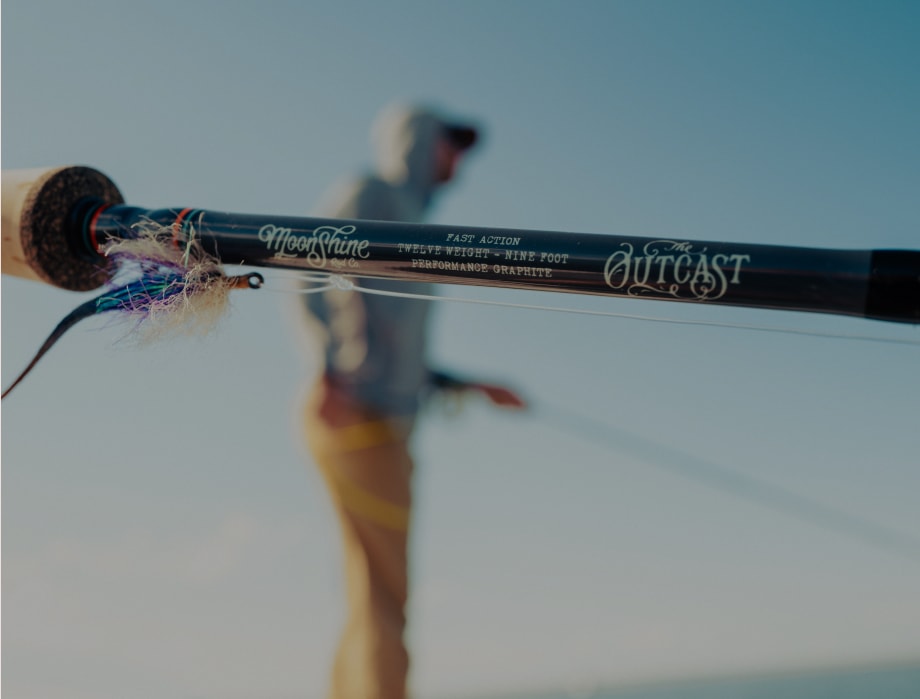
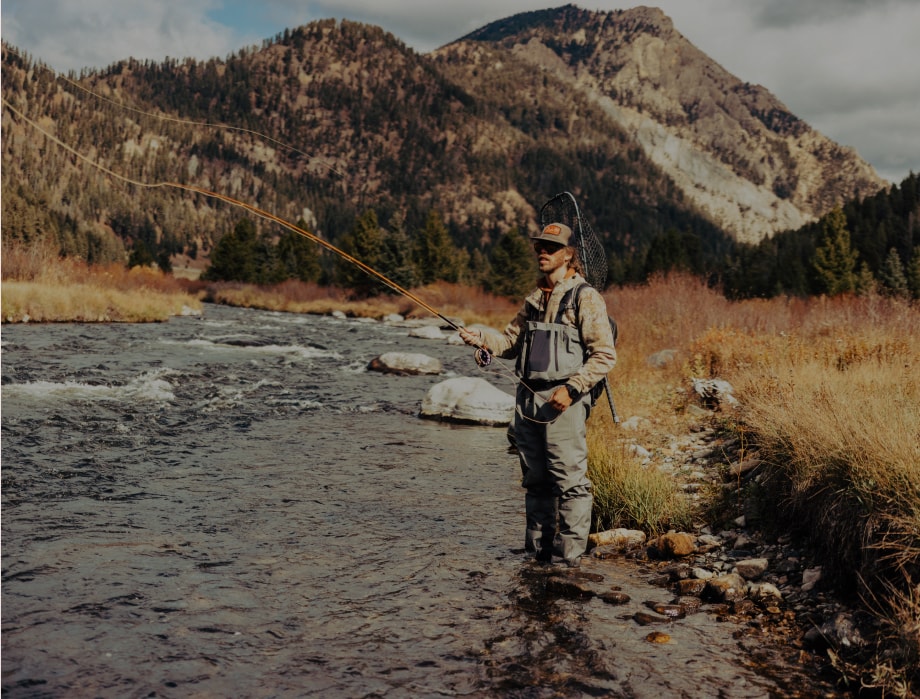
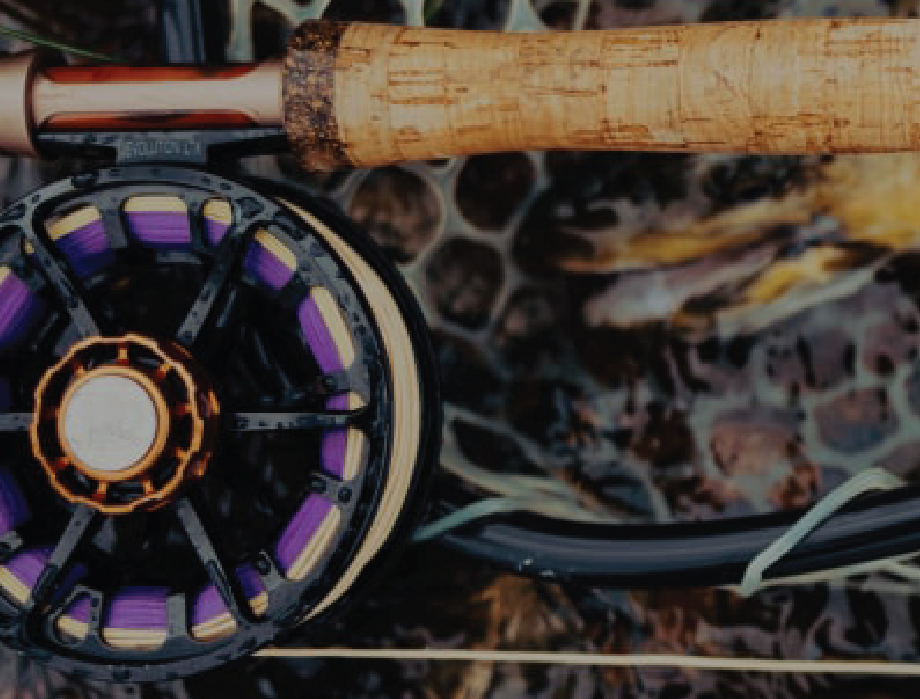


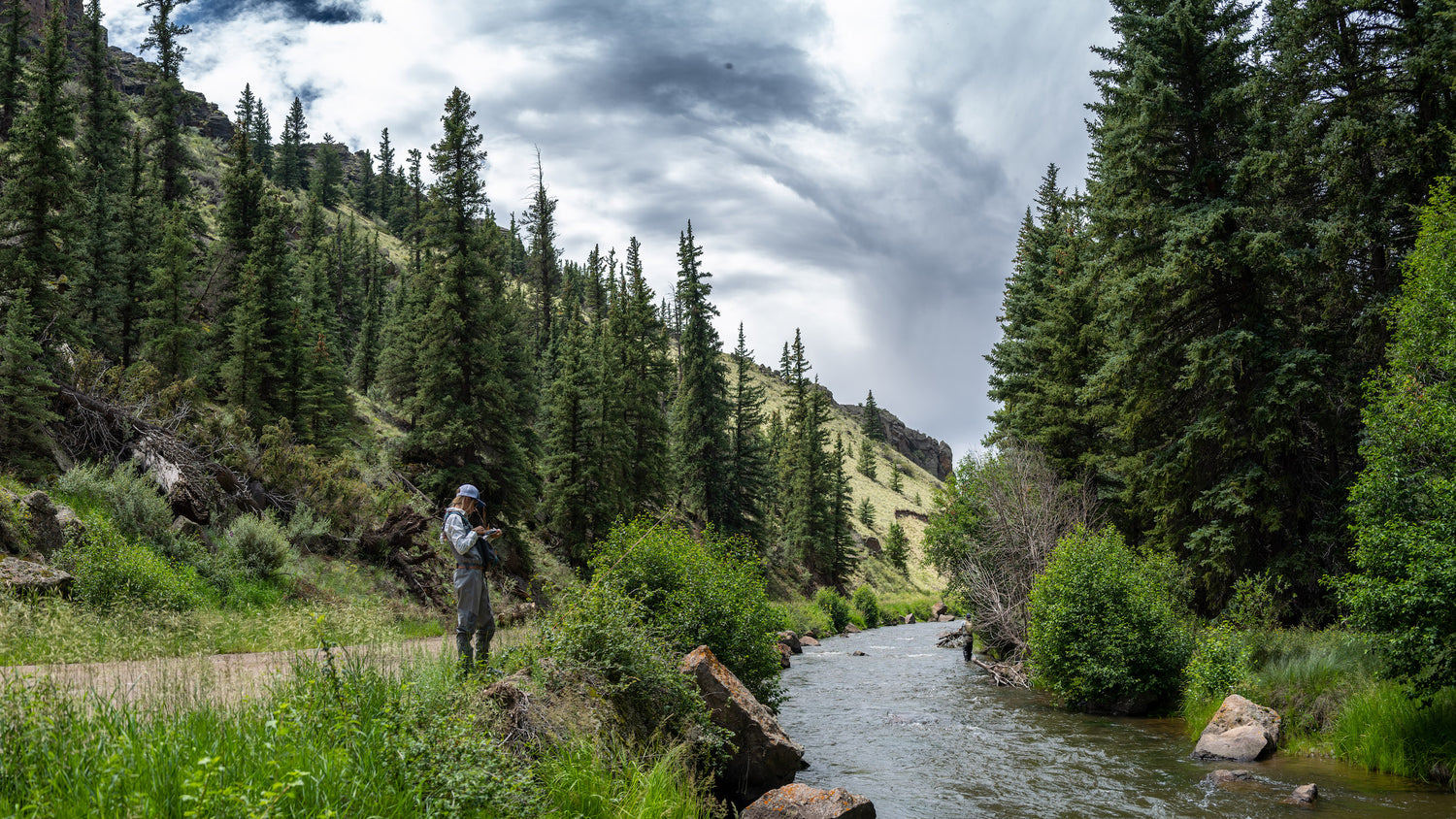
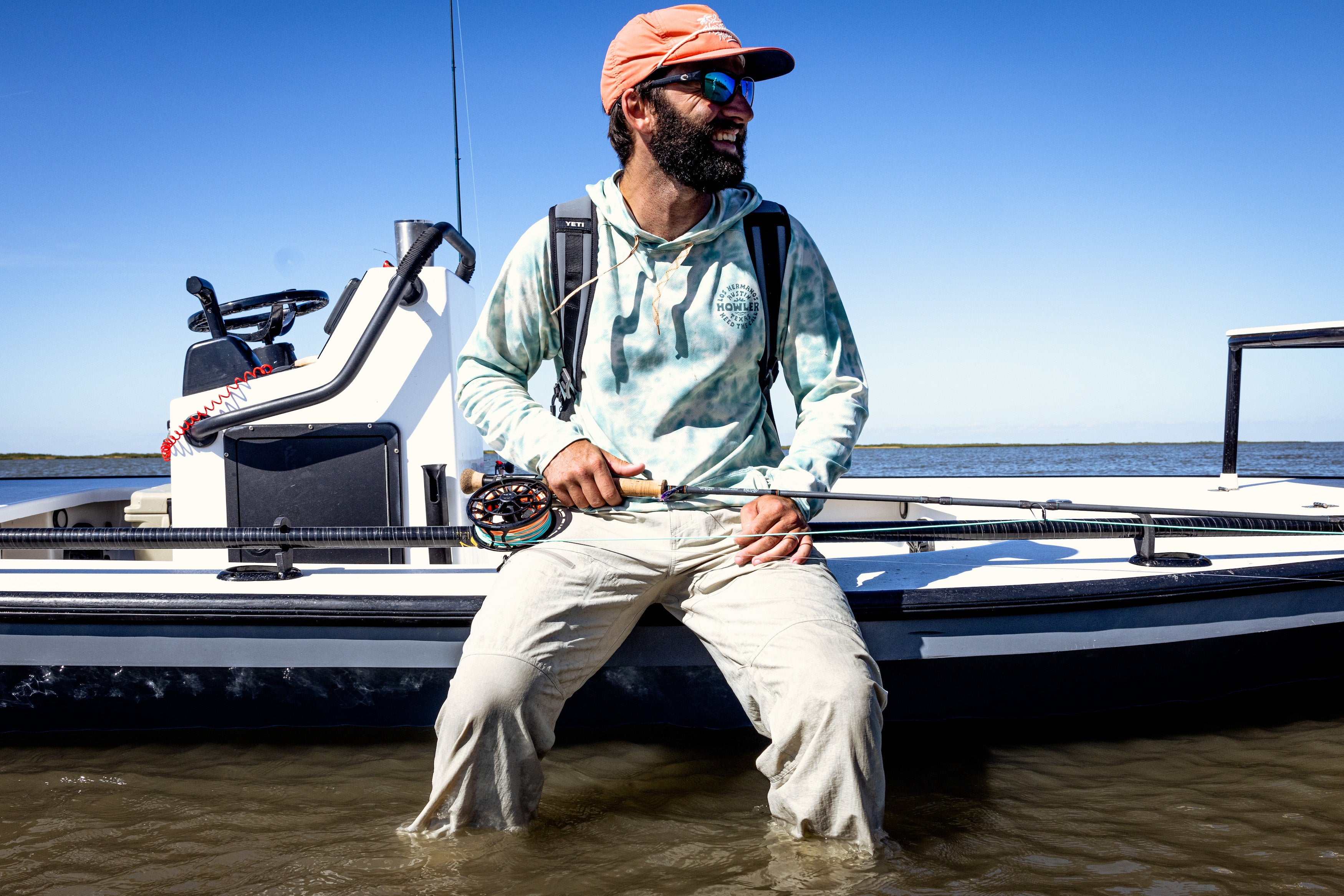
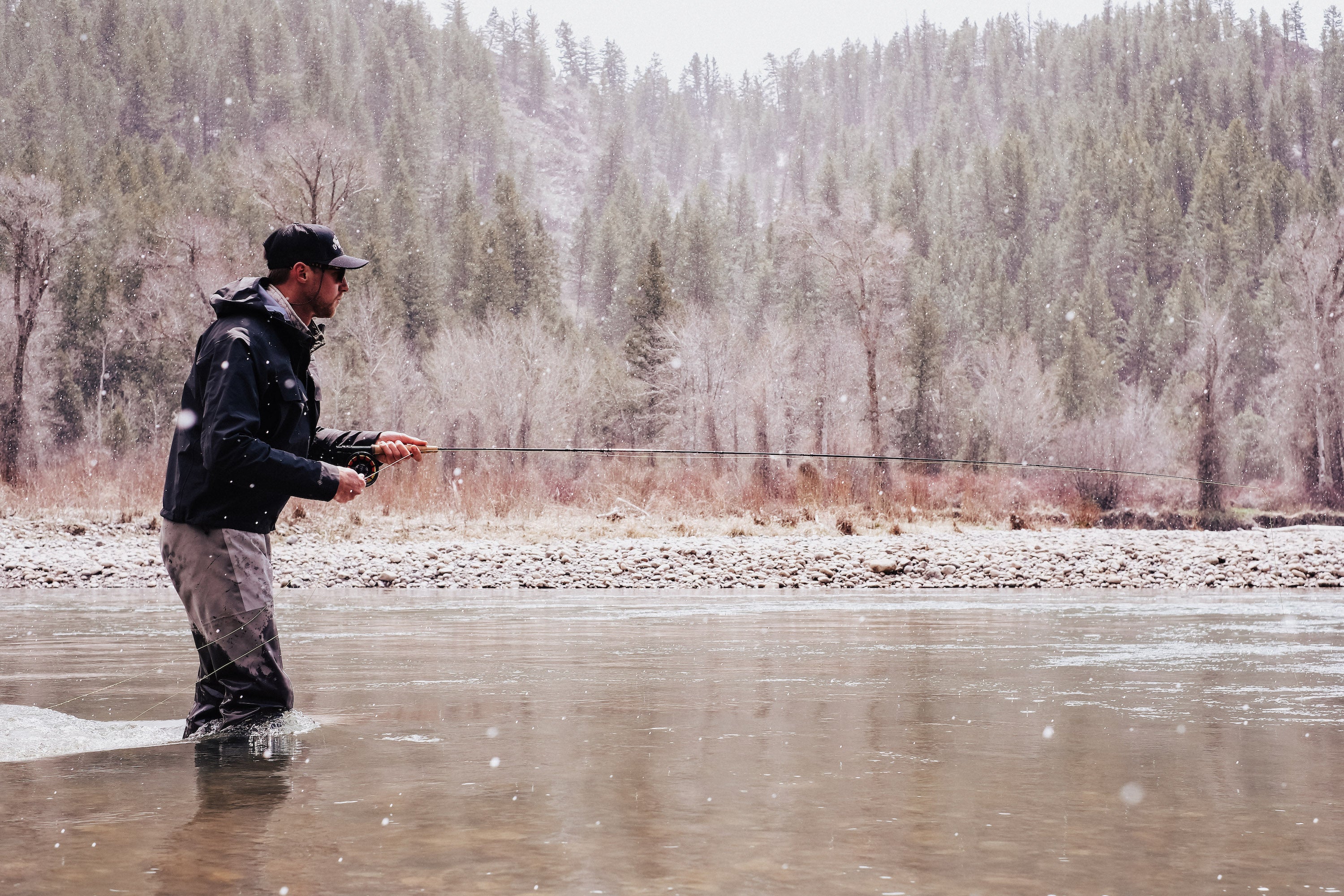
6 comments
Roger Elias
Obviously the author has not visited MinnesotA
Leave a comment
All comments are moderated before being published.
This site is protected by hCaptcha and the hCaptcha Privacy Policy and Terms of Service apply.